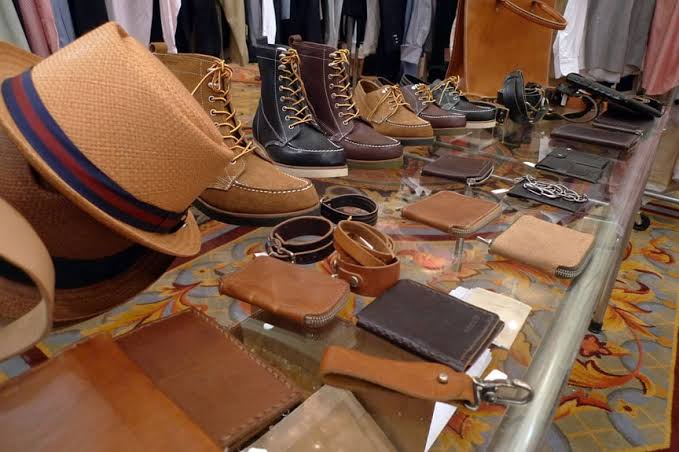SAMI
Published:2020-10-23 16:27:32 BdST
Bangladesh leather exports shrink in July-Sept period
The country's export earnings from leather and leather goods contracted during the first quarter of current fiscal year.
Bangladesh fetched US$ 225.15 million from leather and leather goods exports during the July-September period of FY 2020-21 posted a 19.49 percent negative growth over the corresponding period of the last fiscal.
Shipment of the sector was $1.23 billion in FY2016-17 and since then it has continued falling and stood at $797.6 million in FY 2019-20, according to official data of the Export Promotion Bureau (EPB).
Exporters attributed the fall in export earnings to the failure in using local raw materials due to compliance issues, sluggish global demand and a shift in synthetic items. The pandemic is the latest blow to the industry.
The scenario for the leather goods and footwear industry, the country's second-promising sector after RMG, looks bleak as overall consumption has declined along with predictions that footwear consumption might decline by 22.5 percent by the end of the year 2020, according to the findings of a recent a2i research titled "Post- Covid-19 Jobs and Skills in Bangladesh."
As Covid-19 has re-emerged in Europe and the continent, Bangladesh's biggest leather export market, the leather goods and footwear sector will suffer from huge losses, it added.
Furthermore, small entrepreneurs in the sector are struggling to survive.
Although it is difficult to project the losses, this sector will suffer by the end of the second quarter of 2020, it said, citing the industry projections that the sector has suffered losses of over $330 million owing to order cancellations.
The a2i report estimated that 160 export-oriented leather goods and footwear factories will incur losses of 197 million from March to December 2020.
When asked, Saiful Islam, president of the Leatherwoods and Footwear Manufacturers and Exporters Association of Bangladesh (LFMEAB) said one of the main reasons behind the negative growth is that local manufacturers could not use local raw materials due to compliance issues as they are not environment-friendly.
Moreover, people's income across the world has decreased resulting in the decline in retail sales, he said, adding there has also been a shift to synthetic items.
He noted though factories are in operation, only 50 to 60 per cent capacity are being used.
The LFMEAB leader, however, sees the silver lining of opportunity, saying the US investigation into Vietnam's currency devaluation might decrease the single country dependence.
If the covid-19 second wave does not hit much and the central effluent treatment plant becomes effective, he said, the export of leather and leather goods would be better in the second quarter than the first one.
Though the local leather and footwear industry is going through tough times with the drop in export earnings, industry insiders said they are receiving queries from investors who are interested in investing in the country.
At a recent virtual event, exporters said businesses from Vietnam, Japan and Taiwan are keen to invest in Bangladesh mainly to take its trade benefits on exports, low production costs and cheap source of raw materials and workforce.
Unauthorized use or reproduction of The Finance Today content for commercial purposes is strictly prohibited.


